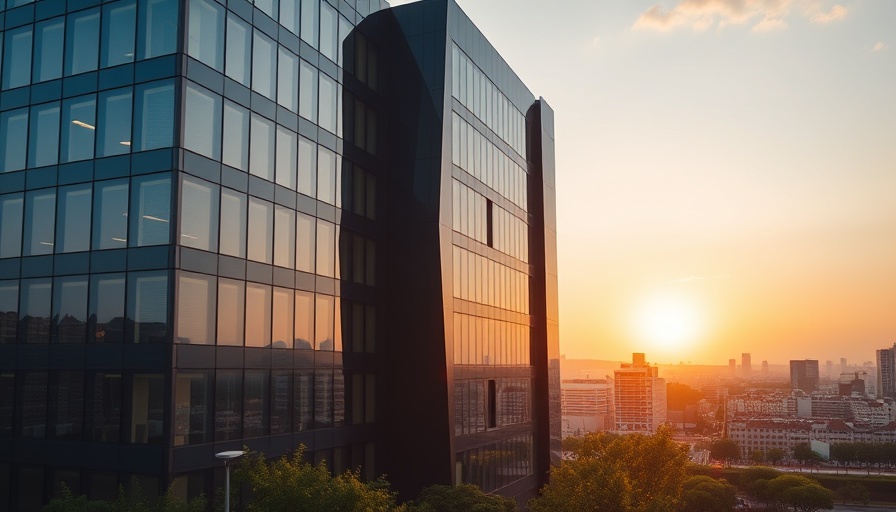
Decoding the Return to the Office: What Employees Really Want
As remote work solidifies its role as the norm, employers and landlords are grappling with a crucial question: How can they entice employees back to traditional office spaces? Gone are the days when free coffee and snacks were enough to lure back talent. The challenge now lies in understanding the deeper motivations behind employees’ work preferences. Research indicates that for many, the desire for flexibility, work-life balance, and a meaningful workplace experience outweighs any superficial perks.
A Shift in Workplace Culture
The COVID-19 pandemic reshaped the way we view work and our interactions with colleagues. Providing a welcoming working environment is not merely about physical office perks anymore; it’s about creating a culture that promotes employee well-being, collaboration, and satisfaction. According to industry experts, this shift calls for a reevaluation of what makes an office environment compelling. Initiatives such as hybrid working models, mental health support, andflexible working hours are critical in answering the needs of a workforce that has tasted autonomy.
Employee Opinions: What Would Bring Them Back?
Recent surveys reveal that the majority of employees prefer a hybrid work model, a blend of remote and in-office work. Employers need to explore ways of fostering community and engagement within the workplace. Activities designed to strengthen team bonds, access to co-working benefits, or even opportunities for informal mentorship can enhance the appeal of returning to the office. For workers, the perceived value of non-monetary incentives—such as recognition, career growth opportunities, and influence in company decisions—can significantly impact their choice to return.
Beyond Coffee: What Employers Can Do
Creating an engaging workplace isn’t solely about amenities; it is also about making employees feel valued and connected. Implementing systems for feedback where employees can express their thoughts on the work environment can lead to vital insights. Additionally, fostering a supportive culture can pave the way for a smoother transition back to in-person work and encourage collaboration among teams. Engaging employees in decision-making processes can also enhance ownership and boost morale.
In the quest to draw employees back into offices, the future of work will likely hinge on a balance between employee desires and organizational goals. By adapting to new expectations and fostering a supportive culture, employers can transform their workplaces into spaces that inspire collaboration and engagement. The road ahead will require creativity and a genuine consideration of what employees truly value.
 Add Row
Add Row  Add
Add 




Write A Comment